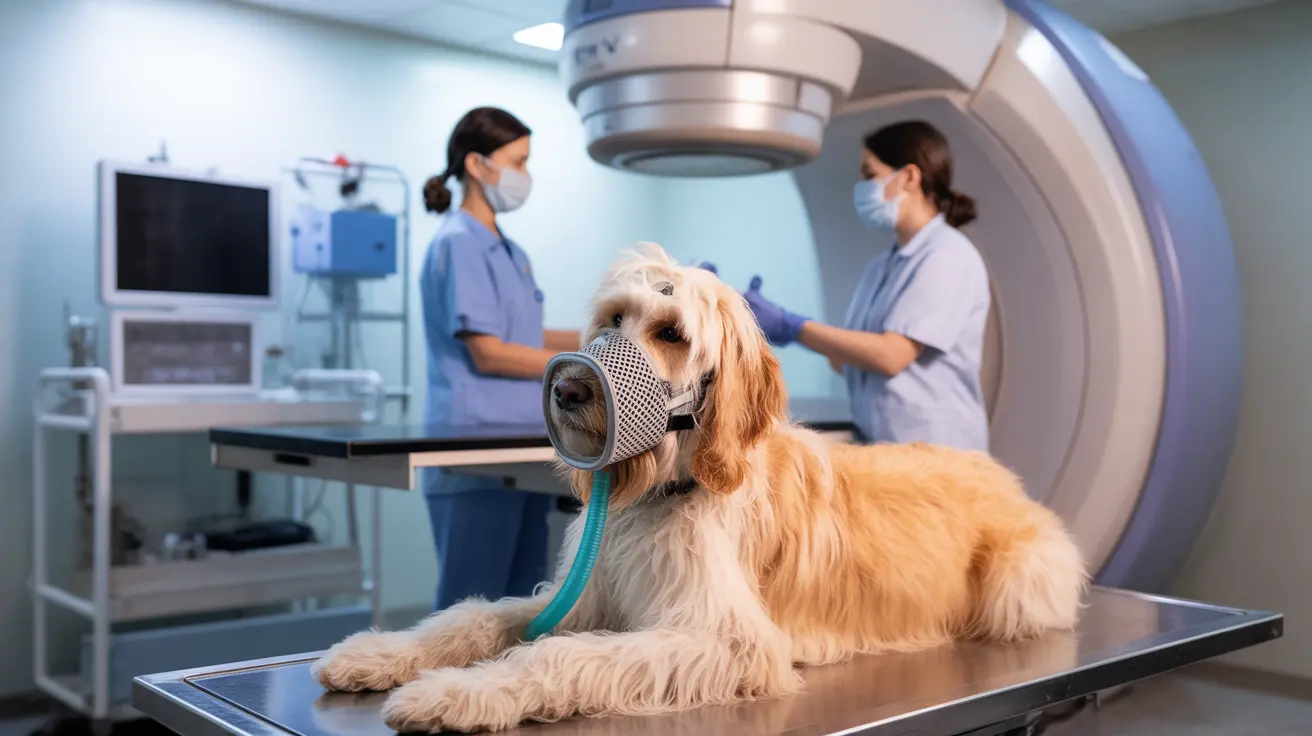How to Cheer Up a Sad Dog: A Complete Guide
Just like humans, dogs can experience emotional lows. Whether it's due to the loss of a loved one, changes in household routines, or limited engagement, your canine companion can become sad or even depressed. Understanding the causes and signs of a dog’s sadness is the first step towards helping them regain their happy, tail-wagging self.
Common Causes of Dog Depression
- Loss of a companion: Dogs grieve the death of a fellow pet or their human caregivers.
- Major life changes: Moving to a new home, arrival of a baby, or additions to the household can disrupt a dog’s emotional stability.
- Routine disruptions: Changes in the owner’s work schedule or lack of daily structure can leave dogs feeling insecure.
- Lack of stimulation: Boredom from insufficient mental and physical activity can lead to depression.
- Trauma: Physically or emotionally traumatic events, including abuse or illness, can lead to sadness in dogs.
- Pain or illness: Health problems such as arthritis may manifest as lethargy or withdrawal.
- Owner’s mood: Dogs are sensitive and can mirror their human's emotions, including grief and stress.
Symptoms of a Sad or Depressed Dog
- Withdrawal from family members
- Decreased activity and lethargy
- Changes in appetite and sleep patterns
- Loss of interest in walks, playtime, or favorite toys
- Clinginess or excessive neediness
- Increased irritability or aggression
- Destructive behaviors such as chewing or digging
- Housebreaking accidents in previously trained dogs
It is crucial to rule out medical conditions first. A dog that stops eating or moving may be suffering from more than just emotional distress. Always consult your veterinarian for a proper diagnosis.
How to Cheer Up Your Dog
Helping a sad dog return to their usual joyful behavior requires patience and consistent positive interaction. Here are effective strategies:
- Engage in favorite activities: Go for walks, play fetch, or take your dog on a car ride—whatever they love most.
- Increase mental and physical stimulation: Introduce new toys, food puzzles, or training exercises to keep your dog’s mind sharp.
- Explore new environments: Take your dog to parks, trails, or pet-friendly stores to enrich their senses.
- Offer praise and rewards: Reinforce positive behavior and signs of happiness with treats and affection.
- Avoid rewarding sadness: Respond positively only to behaviors that reflect progress or interest, not to withdrawn behavior.
- Consider a companion: If your dog is lonely after losing a furry friend, another strategically-introduced pet might help.
Professional Help and Medication
If your dog shows no improvement despite your best efforts, professional help may be needed. A veterinarian can prescribe medications such as fluoxetine (Prozac), paroxetine (Paxil), sertraline (Zoloft), or clomipramine (Anafranil), among others. These medications are often combined with behavioral therapy. Most dogs respond well within six to twelve months and can gradually taper off medication as symptoms improve.
Preventing Dog Depression
Prevention is always better than cure. You can support your dog’s long-term mental health by:
- Ensuring daily physical exercise: Regular activity improves mood and health.
- Maintaining consistent routines: Predictable schedules create a sense of security.
- Offering mental stimulation: Rotate toys, use interactive feeders, and teach new tricks.
- Fostering social time: Allow interaction with other dogs or friendly humans if your dog enjoys socializing.
- Providing comfort during absences: Leave worn clothing or engaging toys to ease separation anxiety.
Conclusion: A dog's emotional well-being is as important as their physical health. With attentive care, enrichment, and when necessary, veterinary support, most dogs can recover from sadness and return to their vibrant selves. Stay patient, positive, and proactive as you support your furry friend through tough times.





